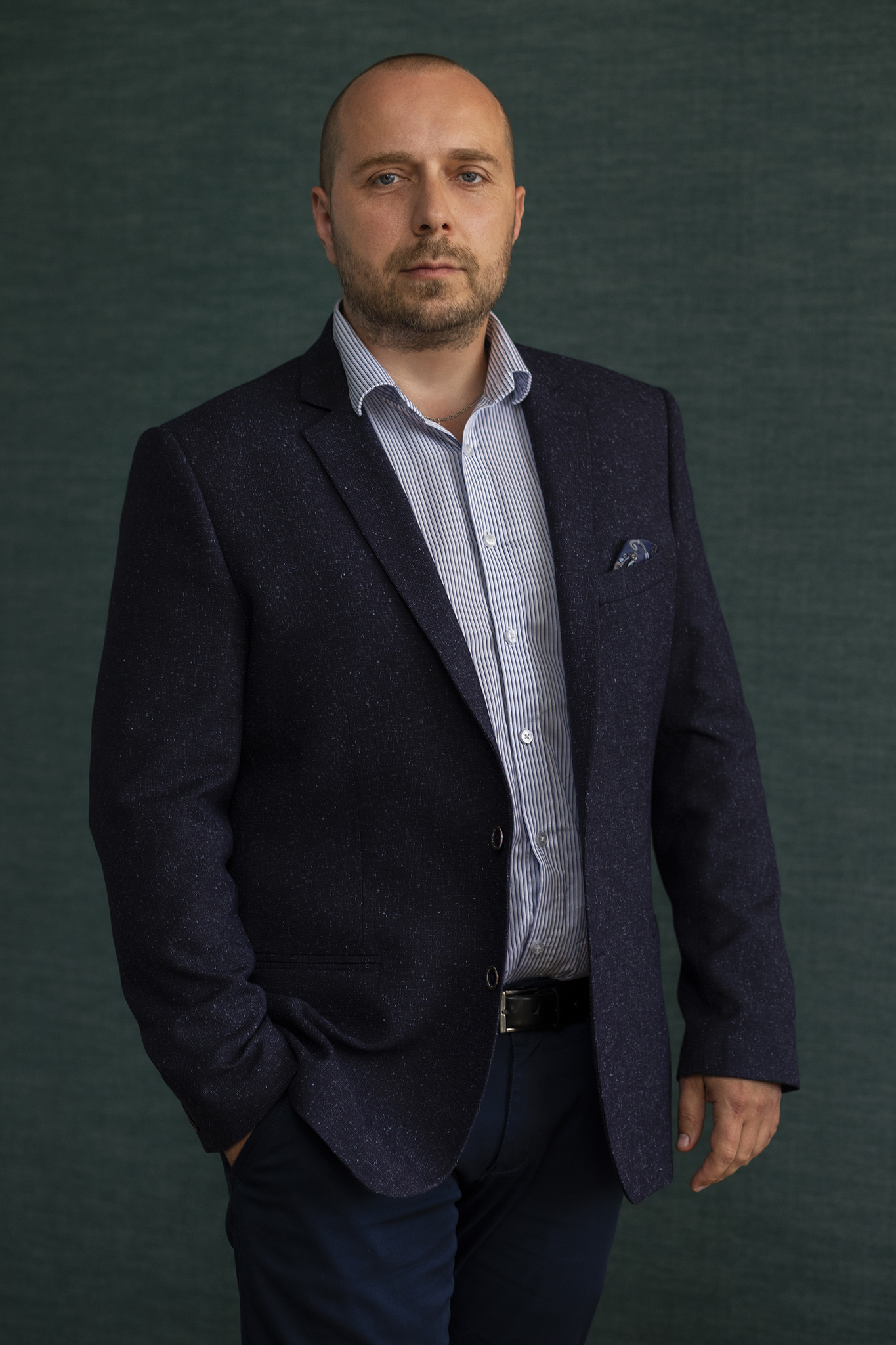
Procedures in the RES industry
EON, ION, FON PROCEDURES
Interview with Daniel Cimochowski,
Deputy Head of the Implementation at P&Q
What is EON, ION, and FON?
In short: These are the three basic steps to confirm that the farm has reached its full capacity to generate energy and feed the electricity generated by the facility into the grid.
And by decrypting the acronyms:
EON – Energisation Operational Notification
ION – Interim Operational Notification
FON – Final Operational Notification
There is one more that is not really utilised:
LON – Limited Operational Notification
Which of the above is the most difficult to obtain?
The easiest one is the EON, the energisation permit, because it is really a “conclusion” of what was built, commissioned and verified.
There is more trouble with creating complete documentation for the temporary use permit, the ION, because this stage requires a far deeper than specialist knowledge than the case of the EON.
FON, the final permit, also has its specificity, because, in this case, tests conducted at a working farm have to confirm the data submitted in the analyses to the operator. The specificity of the tests is the need to perform them under the right conditions, with the required high level of generation (bearing in mind that, for example, in the case of wind farms, the appropriate wind conditions actually occur only in spring and autumn). Therefore, the hardest permit to obtain is the FON.
And what exactly are the difficulties?
Achieving each of the three stages requires the cooperation of each of the entities co-creating the project, i.e. the investor, key suppliers, the general contractor and its subcontractors, as well as external entities, e.g. the distribution or transmission system operator. With so many entities, you are faced with possible difficulties and, as a rule, the number of possible complications and problems is really large.
What is the most common model of obtaining the above-mentioned permits? Who is who in such a process?
It is optimal if the above-mentioned permits are obtained in full cooperation between the investor and the contractor. Formally, there are really two sides in the process: The distribution system operator and the investor, usually represented by the contractor, although this is not a rule. Our role is to support the investor so that the process of obtaining permits is as smooth as possible.
Does the DSO play an active role in obtaining EON, ION, FON?
The DSO needs time to verify the submitted documents, unfortunately it happens that new issues, not previously mentioned in the procedure, appear during the review of the application. Let me just say that connecting a farm to the grid in Poland is a living process, operators from time to time introduce new requirements that investors must meet, there is a limited possibility to operate here.
What is the role of the Polish electricity operator, Polskie Sieci Elektryczne (PSE)?
PSE ensures the safety of operation of the entire power system in Poland. In the case of projects connected to the distribution grid, which constitute an overwhelming majority, practically all matters related to EON, ION, and FON procedures are conducted with the relevant distribution system operator.
Do all turbine suppliers work the same way?
As in any industry. There are suppliers that are better prepared to work in the Polish environment, and others are worse. Some have a better team of professionals, others face staffing difficulties. Likewise with turbine suppliers.
And what does it look like for photovoltaic projects? Are they easier or harder than wind farms?
In my opinion, photovoltaic projects are easier, because the contractor of the farm is responsible for the facility control system, the contractor develops and launches it, and tests it for compliance with the requirements of the distribution system operator. In the case of wind projects, the operation of the turbine supplier and its control systems should be coordinated with the operator’s requirements, which is indeed difficult.
What are the most common mistakes?
Mistakes could result from lack of knowledge and preparing documentation that is not in accordance with the operator’s requirements, which unfortunately, has an impact on the timing the EON, ION permits are issued. It also happens that contracts are signed, leaving significant scope of work without assigning them to a specific investment participants.
How many RES projects did you participate in and in what capacity?
I am not able to give the exact number, but it is in the dozens. Depending on the needs of the facility, I was a technical advisor, designer, project manager, investor’s representative in contacts with operators, coordinator of EON and ION procedures.
Where do you see the strengths of your team?
Experience, responsibility, and commitment, as well as the ability to combine these three factors for the success of the project.

Contact
P&Q
ul. Króla Zygmunta Augusta 24
15-136 Białystok (Poland)
P&Q
ul. Choroszczańska 33
Technic Office P&Q
ul. Jana Sobieskiego 27
81-781 Sopot (Poland)

